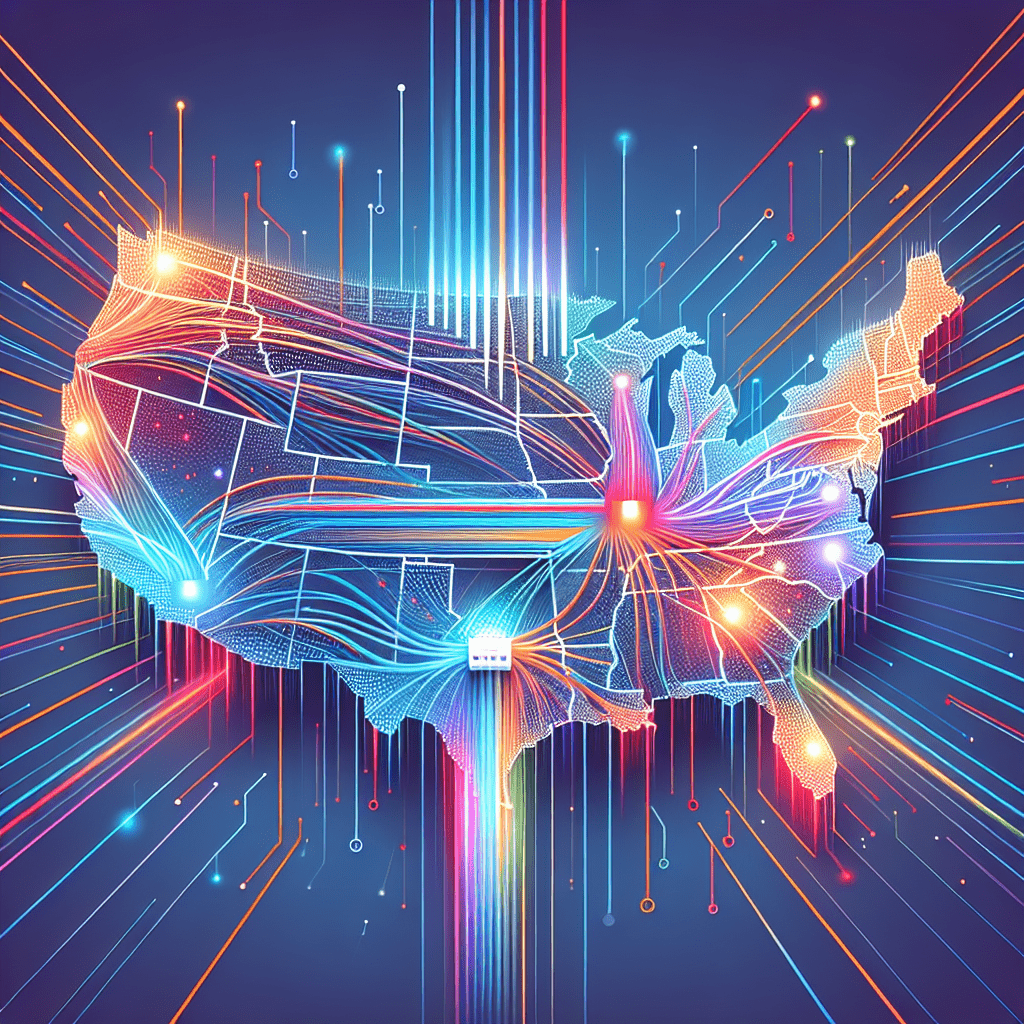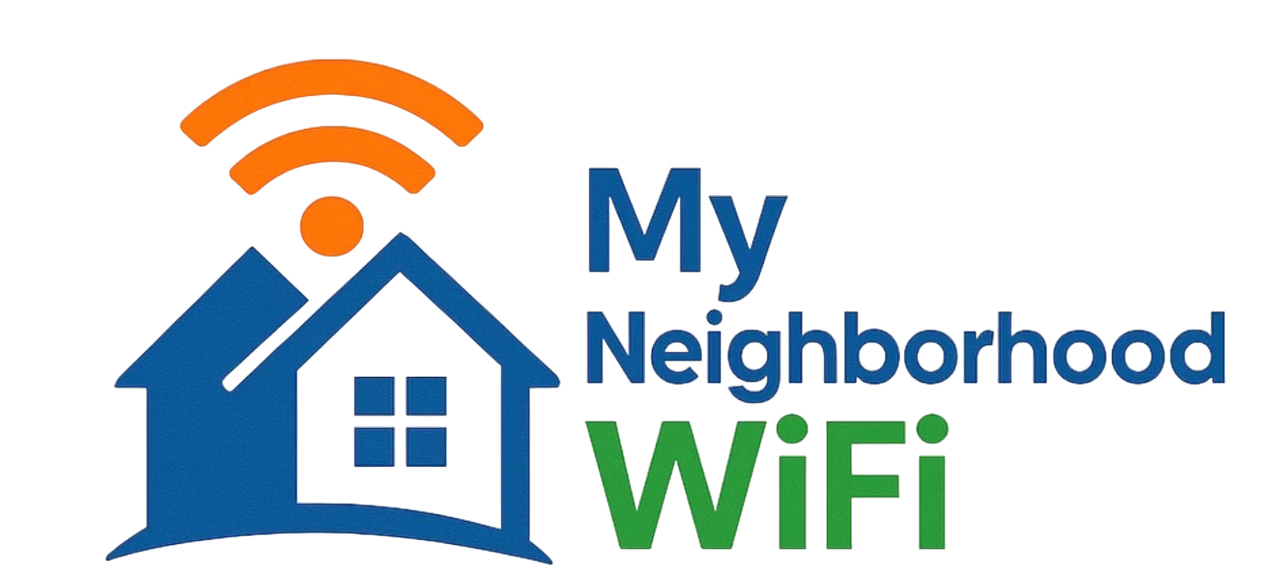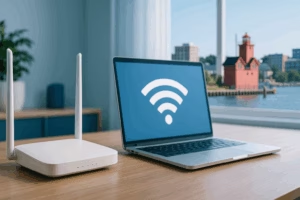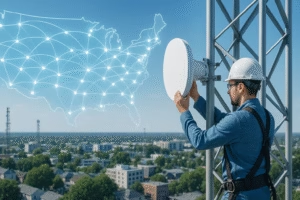
Fiber internet is quickly becoming one of the most popular ways to get online, and for good reason. With lightning‑fast speeds, low latency, and reliable connections, fiber has transformed how we work, stream, and stay connected. If you’re curious about the top fiber internet providers in the US in 2025, this guide will break things down in a clear and approachable way.
Why Fiber Internet Stands Out
Before we dive into the list of providers, let’s touch on why fiber continues to gain momentum. Unlike traditional cable or DSL, fiber uses light signals to transfer data through thin strands of glass. This enables:
- Extremely fast speeds – symmetrical upload and download rates for smoother video calls, gaming, and large file transfers.
- Stable connections – less interference compared to copper‑based lines.
- Future‑proofing – as demands for smart homes and cloud services grow, fiber can handle it.
What to Look for in a Fiber Internet Provider
Not all fiber networks are built the same. When comparing providers in 2025, keep these in mind:
- Coverage – Fiber isn’t available everywhere yet, so availability will narrow down your options.
- Speeds – Most fiber packages start at 500 Mbps and climb into gigabit territory.
- Pricing – Look for transparent pricing without hidden fees.
- Customer Support – A strong reputation for reliability and quick fixes can save headaches later.
Top Fiber Internet Providers in 2025
Now let’s get into the providers that are leading the way in fiber connectivity across the country this year. Keep in mind that availability varies widely by region.
Regional Fiber Champions
Some providers dominate local or regional markets instead of operating nationwide. These tend to offer strong customer satisfaction thanks to their community focus.
- Lumos Fiber – Rapidly expanding across the Southeast and Mid‑Atlantic with competitive gigabit pricing.
- Sonic Fiber – Popular in parts of California for affordable plans and a strong commitment to net neutrality.
- PocketiNet – Serving rural Washington and Oregon, delivering much‑needed fiber to small towns.
Fast‑Growing Providers
These providers are grabbing attention in 2025 by scaling faster than competitors and pushing into new cities and towns.
- EPB Fiber – Based in Chattanooga, Tennessee, EPB was one of the first gigabit providers and keeps innovating with speeds up to 25 Gbps for certain customers.
- Sonic Boom Fiber – Newer entrant rolling out in select West Coast markets with flexible month‑to‑month contracts.
- Regional electric co‑ops – Dozens of cooperatives are laying fiber infrastructure, especially in rural areas, helping bridge the digital divide.
Municipal and Community Fiber Networks
Some of the best service in the US comes from city‑owned or community‑built networks. These networks typically keep profits in the community and focus on affordability:
- UTOPIA Fiber – Serving cities across Utah with speeds up to 10 Gbps.
- NextLight in Longmont, Colorado – Consistently ranks among top providers for speed and pricing.
- FairlawnGig in Ohio – A small city building big‑time fiber recognition.
Comparing Fiber Plans at a Glance
Here’s a simple breakdown of what you might see when comparing fiber packages in 2025. Keep in mind these are examples and actual offerings vary:
| Provider Category | Typical Speed Range | Contract Options | Focus Area |
|---|---|---|---|
| Regional Fiber Champions | 500 Mbps – 2 Gbps | Mostly Month‑to‑Month | Southeast, West Coast |
| Fast‑Growing Providers | 1 – 25 Gbps | Some require contracts | Mid‑South, expanding to new metros |
| Municipal Networks | 500 Mbps – 10 Gbps | Flexible, low‑cost | Select cities & communities |
The Benefits of Going Fiber in 2025
If you’re considering a move to fiber but aren’t sure yet, here are a few personal examples many households experience:
- Remote Work – More stable Zoom calls and easy access to shared cloud documents.
- Streaming – Smooth playback of 4K and even 8K content without buffering.
- Gaming – Near‑instant responsiveness for online games.
- Smart Homes – Fiber can power dozens of connected devices without freezing or lag.
Challenges Still Facing Fiber
Fiber may be the gold standard, but there are still a few challenges worth acknowledging:
- Limited Availability – Many rural areas still lack fiber infrastructure.
- Construction Delays – Installing new fiber lines can be expensive and time‑consuming.
- Price Differences – Costs vary widely depending on location and the level of competition.
Tips for Choosing the Right Provider
When signing up for fiber service, these practical steps can help:
- Check your zip code with local ISPs to confirm availability.
- Read customer reviews on Reddit and Yelp.
- Ask neighbors about reliability and speeds in your area.
- Look at contract requirements, installation fees, and whether equipment is included.
Community Voices on Fiber
Fiber adoption is often most successful when community members advocate for it. Online discussions frequently highlight how municipal or cooperative fiber significantly improves local economies. For example, you can browse personal experiences in threads on Quora and find video explainers on YouTube showing how to understand fiber connections at home.
The Road Ahead
By 2025, the fiber landscape is stronger than ever. With municipal broadband, electric cooperative efforts, and regional providers pushing the industry forward, more Americans are gaining access to high‑quality internet. While it’s not available everywhere yet, the expansion continues nationwide.
If you’re lucky enough to live where fiber is offered, it’s one of the best investments you can make for your digital lifestyle. As technology grows more demanding, fiber ensures you’ll be ready for whatever comes next.
“Most inquiries are answered within the same day”
Written by admin
Content writer and tech enthusiast sharing insights on internet connectivity.



